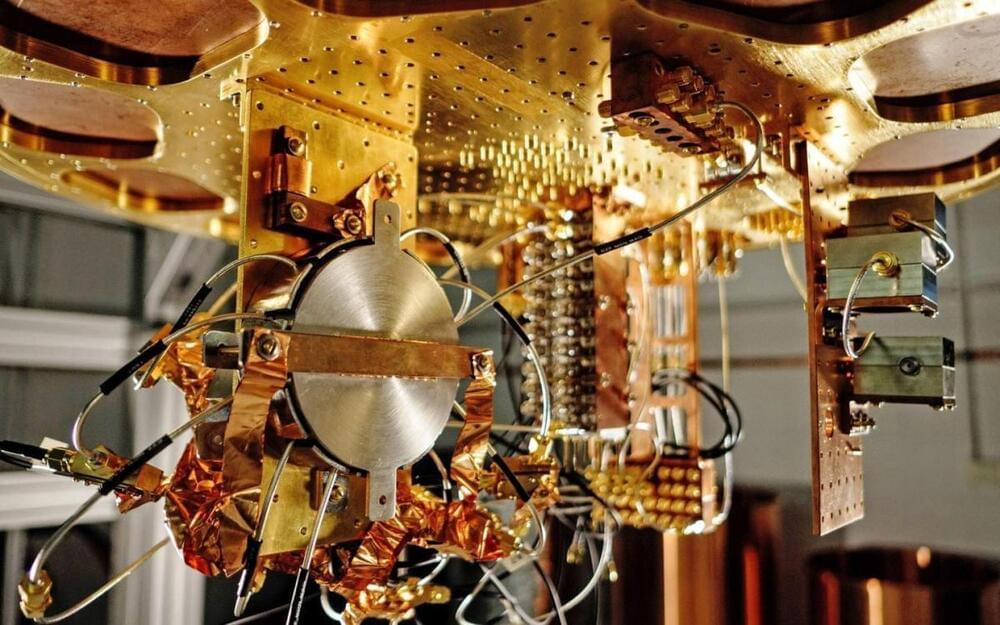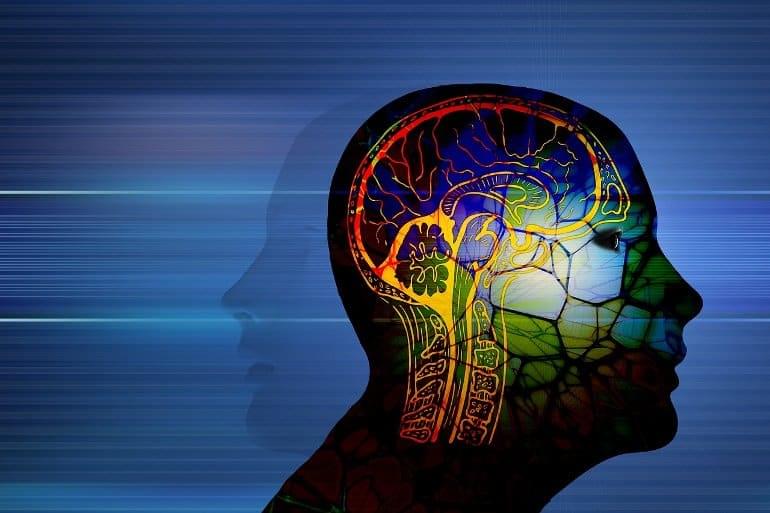Voice-powered virtual assistants may be a trend of the past as major tech companies turn their attention toward A.I.
A 1960s nuclear research lab in the North of England will host a new quantum computing facility under plans drawn up by a Silicon Valley technology company.
PsiQuantum is to set up a research hub at the Daresbury Laboratory in Cheshire, using the facility’s state of the art cooling systems to develop its technology.
PsiQuantum, which is backed by BlackRock, Microsoft and Baillie Gifford, was set up by professors at the University of Bristol and Imperial College London but its founders moved to Silicon Valley in 2016 under advice from investors.
Summary: The more a person is able to synchronize to a simple beat, the better they are at synchronizing their pupils with those of another person.
Source: Dartmouth College.
How well you synchronize to a simple beat predicts how well you synchronize with another mind, according to a new Dartmouth study published in Scientific Reports.
We live in a four-dimensional Universe, where matter and energy curve the fabric of spacetime. But time sure is different from space!
Archive: Order of Cosmic Engineers
Posted in futurism
I am restoring here some pages from the old version of the website turingchurch.com, which has been moved to Substack (please subscribe!). This is an archive of some old pages about the Order of Cosmic Engineers, a Turing Church precursor that was active before 2010.
See Chapter 2 of “Tales of the Turing Church” and references therein for the story of the Order of Cosmic Engineers.
Among “the jobs once done by God [that] can be done by natural entities” there is life after death. Dawkins “frequently affirms that there is no life after death”, but Steinhart shows that this is inconsistent with Dawkins’ own convictions. Dawkins “should have argued that false religious theories of life after death can be replaced with more plausible scientific theories of life after death” [**].
Steinhart describes two plausible scientific theories of life after death: promotion to the higher level of reality of the simulators, and revisions of entire lives in new universes, each better than the previous life and universe. Worth noting, promotion could preserve memories and implement “the ancient idea of the resurrection of the body.” These theories of life after death are only sketched in this book, see Steinhart’s previous book “Your Digital Afterlives: Computational Theories of Life after Death” for more. See also my review of “Your Digital Afterlives” in “Tales of the Turing Church” (Chapter 12).
In summary, Steinhart builds a thorough and philosophically consistent spiritual naturalism, inspired by Dawkins, which offers the main mental benefits of religion. I like (actually I love) philosophy, but I try to keep mine as simple and working-class as possible, because many people don’t have the patience (or the time) for too much philosophical sophistication. I think the two approaches are complementary. So I use the term “religion” for the spiritual naturalism of Dawkins and Steinhart, and I use the simple term “God” now and then.
I recently speculated on a toy model for scientific theology, with superintelligent God-like entities that live in the bare quantum vacuum. More speculations below.
This is not (yet) science — it’s far too vague and speculative to be called that — or theology. Call it science fiction (or “religion fiction” in the sense explored in my article “Religion Fiction Inspires Real Religion”) without the fiction. I guess I should write a science fiction story as a container for these speculations.
Therefore, I’ll often refer to superfluid vacuum theory (SVT) as “Cooper-Hofstadter theory” — a SVT that was featured in “The Big Bang Theory” TV show, of all things! Also, I guess Sheldon Cooper is more known than Leon Cooper.
The concept of Boltzmann Brain — a self-aware entity that emerges from random fluctuations in the fabric of reality— is intriguing. Perhaps God emerges from the evolution of a cosmic society of Boltzmann Brains?
I am referring to a generic “fabric of reality” but the concept can be formulated more precisely. For example, imagine a conscious, thinking being arising from random quantum fluctuations in the vacuum.
In the delightful “The Gravity Mine” short story, Stephen Baxter imagines the birth of a Boltzmann Brain:
I’m quite happy with this resolution of the conflict between determinism and free will…
By ‘free will’ do you mean ability to make an utterly random decision? But what is ‘utterly random’? If something’s unpredictable, it’s all but indistinguishable from being random, no?
Here’s another thing I have changed my mind on. Well, sort of. I used to make fun of “vitalism” and trade insults with my favorite archenemy Dale Carrico. Now I must repent or at least add important qualifications.
Vitalism is currently defined by Wikipedia as “the belief that living organisms are fundamentally different from non-living entities because they contain some non-physical element or are governed by different principles than are inanimate things.”
If we eliminate a few words from this definition we are left with a statement that I don’t disagree with:









